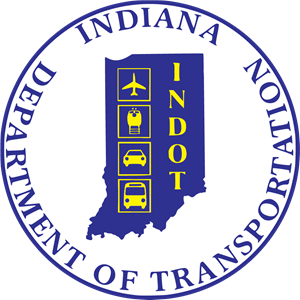Frequently Asked Questions
Responses to questions asked at August 2023 public meetings are available here.
Link 101 is an Indiana Department of Transportation project to evaluate alternatives for an improved State Road 101 connection between the Markland Dam and US 50.
There is currently no continuous north-south connection between US 50 and the Markland Dam Bridge on the Ohio River. In addition to lacking connectivity, current routes are winding, making them ineffective for travel and freight movement.
The project is expected to improve connectivity in southeastern Indiana.
The southern terminus of the project is the Markland Dam. The project area extends north to US 50.
The project area is the area where alternative routes will be developed to connect SR 101 from the Markland Dam to US 50. The project area includes portions of Switzerland, Ohio, Dearborn and Ripley counties.
The project will determine the alignment for the project including the type and width of roadway.
The Project Team is identifying needs and gathering data and has developed preliminary alternatives for evaluation. The team is coordinating with key stakeholders and area agencies. Stakeholder meetings and a second set of public meetings were held in summer 2023 to share the draft Purpose and Need and preliminary alternatives and gather feedback.
The Project Team will evaluate alternatives within a process defined by the National Environmental Policy Act (NEPA). The project will analyze the benefits, impacts and costs of the alternatives and Identify ways to avoid, minimize or mitigate any impacts.
The National Environmental Policy Act (NEPA) requires a detailed evaluation of major projects that will include federal funding. The project informs action agencies of potential effects and impacts before decisions regarding the construction of highways and other publicly-owned facilities.
INDOT invests about 50% of its budget preserving existing roads and facilities. The Next Level Roads plan fully funds INDOT’s asset management plan for state-maintained highways.
The NEPA process includes:
- Identifying the project’s purpose and need
- Identifying primary and secondary goals for the project
- Developing a wide range of preliminary alternatives and screening them to determine reasonable alternatives
- Analyzing and comparing the benefits, impacts and costs of a range of reasonable alternatives to identify a preferred alternative
- Identifying ways to avoid, minimize or mitigate anticipated impacts
- Analyzing a no-build alternative as a baseline for comparing alternatives
- Involving the public through outreach and meetings to gather feedback
- Coordinating and consulting with local, state and federal agencies
- Coordinating with historic preservation groups and Tribal representatives regarding potential impacts to resources
The National Environmental Policy Act (NEPA) requires that a No Build alternative be included in the Draft Environmental Document as a baseline for comparison of the alternatives.
A number of factors will be considered in identifying alternatives to carry forward during the screening process. These factors can generally be grouped into four categories: (1) ability to meet the purpose and need; (2) impacts and benefits (including property and environmental resources); (3) cost; and (4) input from the public and agencies. The purpose of the referenced questions is to gather input on the factors that should be considered when comparing the Build Alternatives.
The No Build alternative will be carried forward throughout the process.
The final environmental document, which will respond to public and agency comments and identify a selected alternative, is expected in early 2026.
A timeline for construction will be determined at the end of the environmental study.
Governor Holcomb announced his commitment of $200 million for the project in 2021 as part of a package of investments in southern Indiana to better connect communities and enhance commerce. Additional funding needs will be identified as the project is developed.
No. Right-of-way acquisition will not begin until after the environmental study is complete. Right-of-way acquisition must comply with the Federal Uniform Relocation Assistance and Real Property Acquisition Act to ensure fair compensation and assistance for those whose property is acquired for public use. Click here for additional information from INDOT’s Real Estate Division.
The Project Team will protect historic properties and resources in the project area. The Section 106 process, prescribed by the National Historic Preservation Act, will include the identification of any historic properties impacted by the project and ways to avoid, minimize or mitigate any adverse effects.
A timeline for construction will be determined at the end of the environmental study. The final environmental document is expected in early 2026.
It is expected that any of the build alternatives would conform to the standards outlined in the Indiana Design Manual and the road would be signed as a state route. It is expected that cars, trucks, and non-motorized vehicles would be permitted to use the roadway in accordance with state law.
The project team is in the process of developing traffic forecasts for each of the preliminary alternatives. Data regarding traffic volumes and patterns will be available following the completion of the traffic forecasts.
Public involvement is an important part of the environmental process, and there are several ways for those interested in the project to stay involved. Public meetings will be held at key project milestones, and a public hearing and comment period are expected.
The Project Team will meet with key stakeholder groups to share information and gather feedback throughout the project. These groups include elected officials, community leaders and coordinating agencies. The Project Team is also available to meet with community groups and business organizations.
No. Link 101 is considering improvements to north-south connectivity within the project area. There is currently a gap in SR 101 between the Markland Dam and US 50. If an improved route is identified, it’s anticipated it would be designated as SR 101. It’s important to note, however, that any new route does not need to connect to US 50 near the existing SR 101 intersection to be designated as SR 101.
No, the state of Indiana is no longer pursuing plans to acquire land near Lawrenceburg to serve as the state’s fourth port. Gov. Eric Holcomb announced in 2020 the needed environmental remediation work would take years to complete, and the site was not feasible for the purpose. There is no connection between the previous discussions for the site and the Link 101 project.
Interested parties can subscribe to email updates on the project website, Link101Corridor.com, or text “INDOT Link101” to 468311 for text updates. Project information and updates are routinely shared on social media and are accessible by following Link 101 on Facebook and Twitter.
INDOT is the project’s sponsor and is overseeing its development, in conjunction with the Federal Highway Administration. Parsons Corporation is the lead project development and design firm. To connect with the Project Team, email info@link101corridor.com or call 844-LINK-101 (844-546-5101).
A Project Office is located at Switzerland County Technology and Education Center. It’s open Monday and Wednesday from 10 a.m. to 3 p.m. and by appointment. Questions about the project can also be directed to the project office. The mailing address is:
Link 101 Project Office
Switzerland County Technology and Education Center
708 W. Seminary St., Box #8
Vevay, IN 47043


